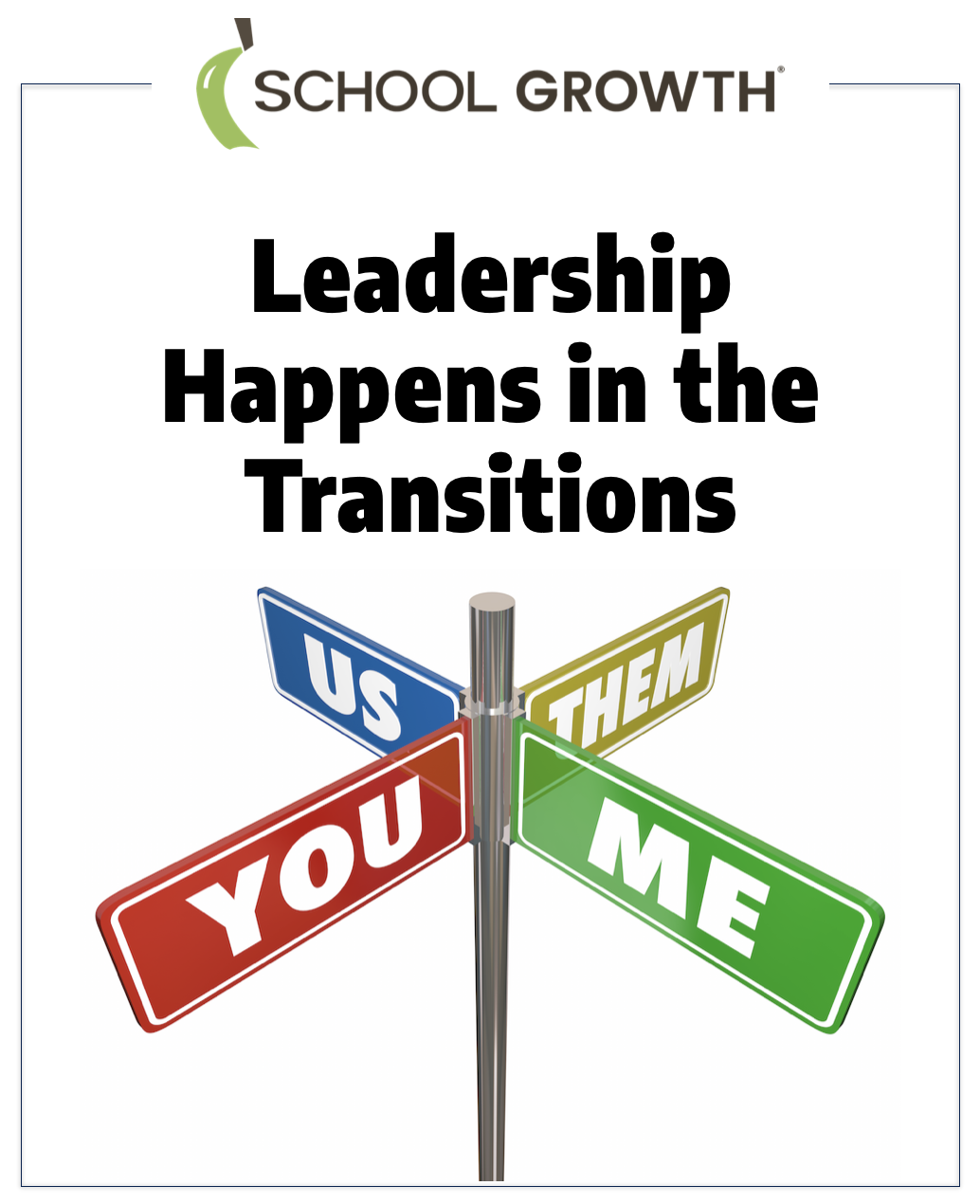
Leadership Happens in the Transitions
 2020-21 was a big year for leadership growth among administrators and boards. The culture and brand of the school are most vulnerable during these high-stress periods.
2020-21 was a big year for leadership growth among administrators and boards. The culture and brand of the school are most vulnerable during these high-stress periods.
We've seen so many institutions refocus on the human aspect of school leadership to rekindle their joy and work together on the factors that most contribute to excellence.
A cohesive and collaborative administrative team is even more important in the midst of leadership transitions--which have significantly increased recently. It may be a change in the head of school or a division-level leader who has to be replaced.
Leadership transitions are stressful.
- Leadership transitions are stressful on your culture.
- Leadership transitions are stressful on your faculty.
- Leadership transitions are stressful on your families.
- Leadership transitions are stressful on your board.
- Leadership transitions are stressful on your brand.
These stressful times are when strong leaders LEAD!
The journey to excellence cannot be walked alone, so your leadership has to really step up during transitions in order to sustain trust and engagement with your faculty and families.
"A great leader is one who can do so day after day, and year after year, in a wide variety of circumstances."
Disciplined Communication is crucial during leadership transitions, with a renewed commitment to No Secrets and No Surprises.
It's so easy to get caught up in the faster pace and urgency of decisions during transitions, but failing to maintain your Sequence, Frequence, and Flow will undermine your culture and heighten the level of uncertainty and dissension. This is especially true if the board becomes more involved in managing the school.
Organizational Intelligence
During times of transition, Organizational Intelligence throughout the campus becomes even more important.
One of The Key Intelligences of Highly Effective Educators is Organizational Intelligence, where employees of the school are able to connect their personal goals and decisions to the larger purpose and intent of the whole. They think beyond themselves to the good of the school and its leadership, serving as proactive problem-solvers who keep the mission and core values as the top priority.
When it comes to communication, they understand the underlying intent of key messages and the implications for the whole community. They stay on message in unity with the team.
Weaknesses in Organizational Intelligence becomes more apparent and disruptive during leadership transitions, prompting the formation of alliances or siloes that undermine cohesiveness and teamwork.
Don’t allow a transitional period to disrupt your team or derail your mission.

.png?width=1000&height=199&name=SG-Logo3-Transparent-1000x199px%20(1).png)
.jpg?width=100&height=100&name=elementary%20student%20squeezing%20a%20stuffed%20animal%20while%20holding%20their%20breath%20(1).jpg)



